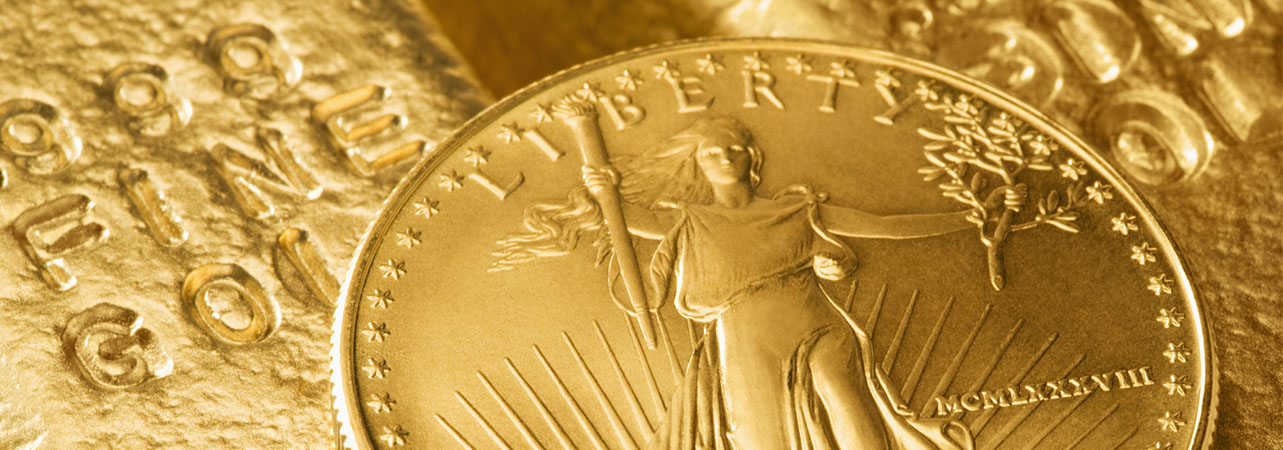The extent of the gold price rally is too much to be explained by interest rate and inflation expectations alone.
- After a rally since October, the gold price has reached its highest level ever.
- Interest rate cut expectations and falling inflation are not the whole story
- The rising gold price suggests many investors are more nervous than they are letting on.
The gold price has been soaring since early October, and has now reached its highest level ever. Since the end of February it has leapt from $2,050 per ounce to $2,175. What has driven the current hike?
The standard explanation is that the gold price is anticipating falls in interest rates and inflation. High real (inflation-adjusted) interest rates are generally bad for the gold price because gold does not pay an income and there is a greater opportunity cost to holding it. However, this may be part of the explanation, but does not go the whole way. Real interest rates have been rising since February, and are higher than any point over the last 10 years .
There has also been some central bank buying. The World Gold Council reported: “The central bank buying streak continued on from 2022 at a blistering rate. Demand reached 1,037t last year, making it the second highest on record, down just 45t on the previous year.” Central bank purchases have accelerated since sanctions were imposed on Russia.
Also, the recent rally is incongruous with a general ‘risk on’ feeling in markets. Broader equity and bond markets have started to price out a hard landing, believing a soft landing or no landing are far more likely. This is supported by recent US GDP and inflation data.
One possible explanation is that investors are looking to hedge against a significant decline in the US Dollar. The first quarter of 2024 showed almost 30% of US tax receipts went on debt repayment . The US debt burden looks increasingly unsustainable, and neither presidential candidate appears minded to tackle it: one wants increased spending, the other lower taxes.
There is also rising geopolitical risk. The tension in the Middle East is becoming a domestic crisis for many Western governments, while the growing questions over international funding for Ukraine threaten to galvanise Vladimir Putin’s ambitions. These tensions create demand for gold through two avenues: it encourages central bank buying, while investors look to gold for its ‘safe haven’ attributes.
The rising gold price may hint that at least a proportion of investors are more worried about the economic and political environment than bullish equity markets suggest. Geopolitical tensions and the rising US deficit give some reasons to be nervous, and – as it has been so many times before – gold is a port in a storm.
Read more 'The Week' articles, click here




